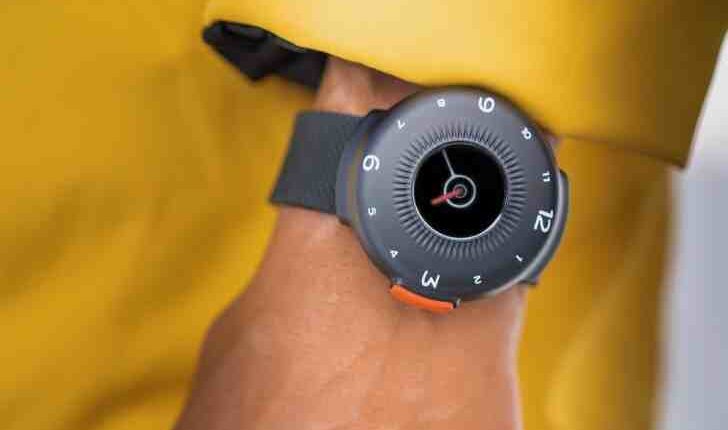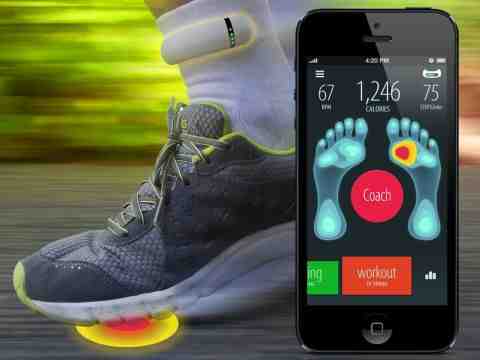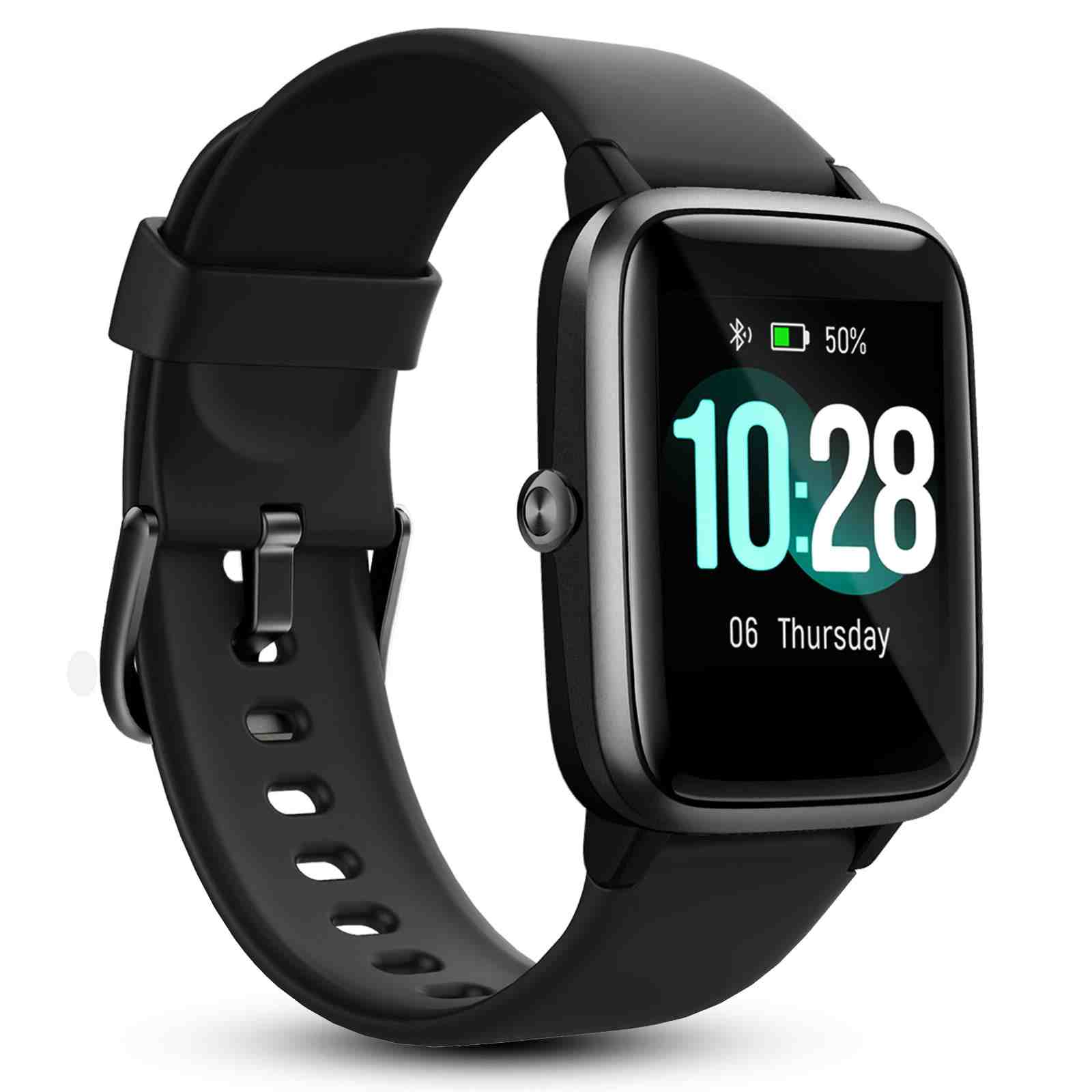What are wearable electronics?
What are three popular wearable devices?
Contents
Your Apple Watch and Fitbit are classic examples of wearable technology, but they’re not the only devices evolving today. With smart watches, VR and AR technology, smart jackets and a wide selection of other gadgets lead us to a better connected lifestyle.
Where is wearable technology used?
Wearable technology aims to impact the areas of health and medicine, fitness, aging, disability, education, transportation, business, finance, games, music, etc. See the article : What are the benefits of wearable technology?. The goal is to seamlessly enter the daily lives of individuals and become a functional part of them.
What are the top 5 wearable technologies today? You can already order most of the devices mentioned in this list from Amazon.
- Smart rings. One of the most basic but most useful smart wearables you can get this coming year is the smart ring. …
- Smart glasses. …
- Smart clothes with sensors. …
- Smart headphones. …
- Medical wearables. …
- Smart helmets. …
- Biosensors.
How are wearable devices currently being used?
Some of the wearable devices most commonly used are blood pressure assessment and monitoring applications, including cuffless blood pressure sensors, wireless upper arm blood pressure measurement with smartphone-enabled, mobile applications, and remote monitoring technologies. Read also : Why wearable technology is a trend?.
What is today’s wearable technology used for?
Fitness activity tracking devices were the first major wave of wearable technology to catch consumers. Then the wristwatch became a screen and more robust mobile applications were added. Bluetooth headsets, smart watches and glasses with the web allow you to receive data from Wi-Fi networks.
How are wearable devices being used in healthcare?
Wearable technology in healthcare includes electronic devices that consumers can wear, such as Fitbit and smartwatches, and are designed to collect data on users ’personal health and exercise. These devices can even send user health data to a doctor or other healthcare professional in real time.
Why do people use wearable technology?
Wearable technology gives us the ability to track our fitness level, track our location using GPS and faster view text messages. Read also : Wearable technology. Best of all, most of the devices that allow us to do this are handsfree and portable, which eliminates the need to take our devices out of our pockets.
What are the advantages of wearable devices?
The wearable technology is easy to use. They are lighter, smarter and more comfortable than ever to carry. They are also easy to set up because most devices either seamlessly integrate with your smartphone or work on their own. Most, if not all, wearables offer easy portability and increased ease of use.
How does wearable help in daily life?
Many wearables provide the ability to track your physical activity and store it for later review. It can be an excellent resource that allows us to set short-term and long-term goals and track our progress toward them.
Why is wearable technology important?
Wearable technology gives us the ability to track our fitness level, track our location using GPS and faster view text messages. Best of all, most of the devices that allow us to do this are handsfree and portable, which eliminates the need to take our devices out of our pockets.
Who benefits from wearable technology? Benefits of wearable technology The report states that three segments benefit from wearable technology: health care providers, health payers and patients. As already mentioned, wearable technologies are on the market, but with the possible exception of the popular Fitbit, they are not yet mainstream health devices.
How wearable technology will change our lives?
The wearable devices available today can monitor our sleep habits, monitor our heart rate and blood sugar levels, record our physical activity and help our doctors and better understand our health.
How can wearable technology improve?
Portable devices can empower us to continuously measure our health and well-being without the need to visit a clinical center and take immediate action when needed. Portable devices could also alert us to changing risk factors that can affect our health and well-being.
Why wearable technology is the future?
Future wearables could be more hidden by adding a thin film inside your favorite jewelry to measure biometrics, activity levels, and even notify you when you type on the keyboard for too long. Personalized. From wedding rings to Invisalign, items worn on the body 24-7 are a personal thing.
Why is wearable technology important in healthcare?
Portable devices can empower us to continuously measure our health and well-being without the need to visit a clinical center and take immediate action when needed. Portable devices could also alert us to changing risk factors that can affect our health and well-being.
What are the benefits of Wearable technology in healthcare?
Portable devices are small electronic devices that, when placed on your body, can help measure temperature, blood pressure, blood oxygen, respiratory rate, sound, GPS location, altitude, physical movement, change of direction and electrical activity of the heart, muscles , brain and skin.
What was the first wearable technology?
The first wearable technology dates back to the 13th century, when eyeglasses were invented by Salvino D’Armati, an Italian from Florence.
Who started wearables? 1960s. In 1961, Edward Thorp and Claude Shannon created their own version of wearable technology – a computer small enough to fit in a shoe.
Which was the first stage wearable technology that was introduced in 1980?
Moving over the next 300 years, we saw the rise of the first laptops, calculators, and music devices. Listening to music while walking has only existed for the last 30 years! Hearing aids appeared in stores during the 1980s creating the first bionic people.
What is the most common wearable technology?
Currently, the most successful wearable devices on the market are smart watches and health and fitness monitoring devices, with relative newcomer listening devices taking over as the most dominant category.
Sources :



Comments are closed.